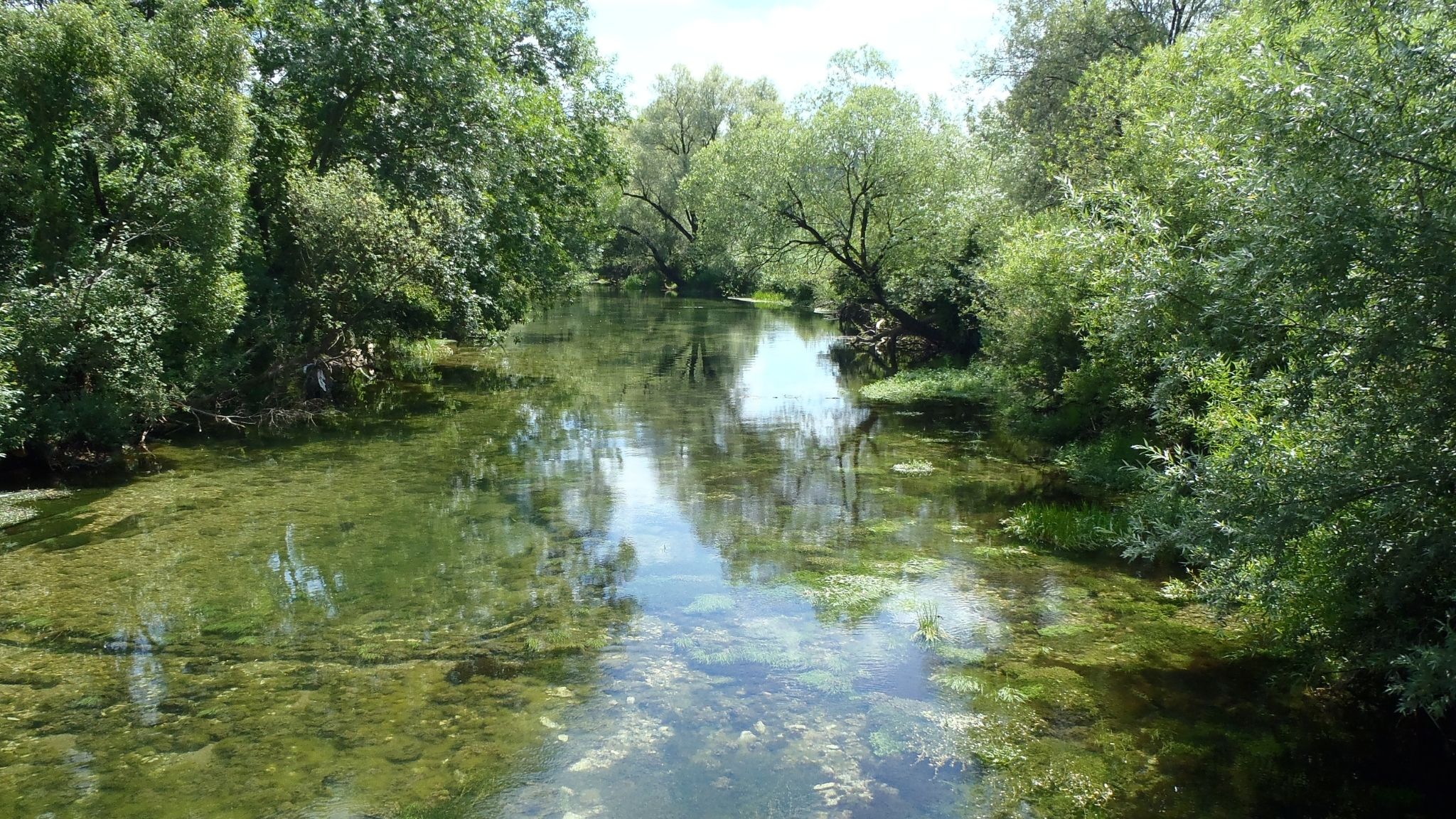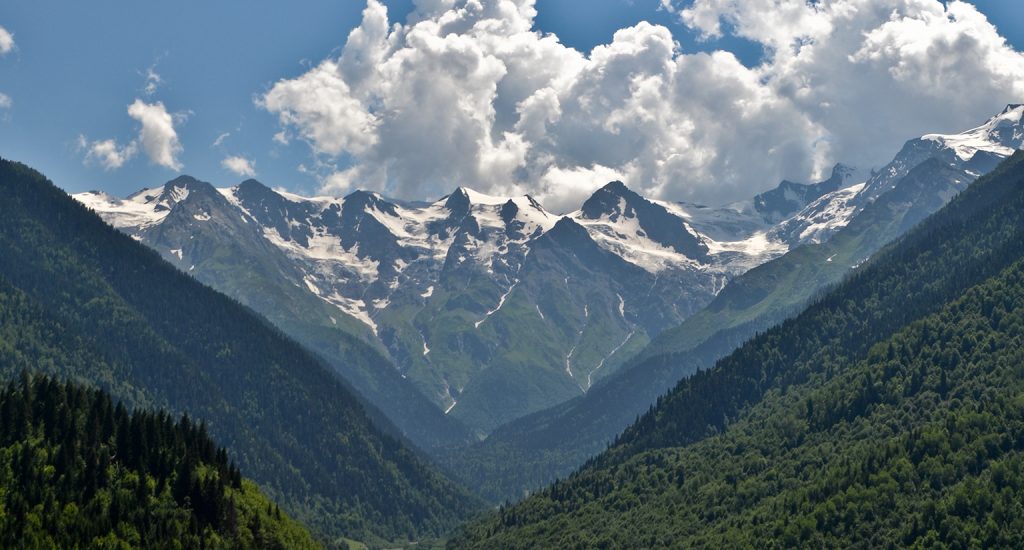The countries of the Energy Community Treaty have diverse energy mixes, but hydropower has traditionally played a strong role in many of them. Albania is almost completely reliant on dams for its domestic electricity generation, followed by Georgia with an average of 80 per cent of electricity generated by hydropower and Montenegro with an average of 55 per cent.

Stay informed
We closely follow international public finance and bring critical updates from the ground.
Background
The countries of the Energy Community Treaty have diverse energy mixes, but hydropower has traditionally played a strong role in many of them. Albania is almost completely reliant on dams for its domestic electricity generation, followed by Georgia with an average of 80 per cent of electricity generated by hydropower and Montenegro with an average of 55 per cent.
But what started as a strength is becoming a liability. More and more erratic rainfall is exposing how vulnerable hydropower is to climate change, while its damaging impacts on biodiversity, groundwater and sediment transportation are becoming better understood.
This has not stopped decision-makers’ zealous plans to develop the sector, including in countries like Ukraine hydropower has not traditionally played a major role. Decades-old projects are still being pushed against all economic and environmental logic, while a rash of small hydropower plants driven by feed-in tariff schemes has destroyed rivers and streams across southeast Europe.
The good news is that there are alternatives, with lower costs for the environment and also, increasingly, for the public purse, and that resistance to the unnecessary destruction of life-giving rivers is increasing day by day.
IN FOCUS
Latest news
Albania’s Skavica dam can’t get off the ground – time to finally cancel it!
Blog entry | 24 November, 2025The highly damaging hydropower project could hardly have had stronger political support at its inception, with the country’s parliament passing a special law in 2021 to appoint U.S. construction giant Bechtel as the main contractor. But four years later, the project has stagnated, with no environmental permit and no financing.
Read moreRomania’s Parliament paves the way for environmental destruction and ‘foreign agent’ repression
Blog entry | 20 October, 2025Romania stands at a dangerous crossroads. Last week, a law initiated by the senator Daniel Zamfir in 2022 and already then rejected by the Senate, passed by a crushing majority (262–33) in the decisive Deputies Chamber.
Read moreExpanding the Emerald Network: Progress and gaps in the Western Balkans
Blog entry | 9 October, 2025At the 15th meeting of the Bern Convention’s Group of Experts on Protected Areas and Ecological Networks – held from 7 to 8 October 2025 in Bar, Montenegro – participants reviewed progress towards establishing the Emerald Network of protected areas. As part of the programme, the group visited Lake Skadar, one of Montenegro’s key Emerald sites, acknowledging the government’s efforts to safeguard this unique ecosystem.
Read moreRelated publications
Open letter: Civil society asks EBRD to withdraw from Ombla hydropower plant project
Advocacy letter | 13 May, 2013 | Download PDFA new nature impact assessment of the proposed Ombla hydropower plant showed that the project could harm many of the 68 identified cave species, including the endemic ones. Based on these findings, civil society groups are calling on the EBRD to pull out from the project for which it has approved a EUR 123 million loan.
New EBRD Environmental and Social policy needs climate muscle and tightened safeguards for protected areas
Bankwatch Mail | 10 May, 2013 |If there is one sector in which the EBRD has been causing particular controversy in recent years, it is the energy sector. From lignite in Slovenia to hydropower in Georgia and nuclear in Ukraine, the bank has financed a series of projects that have incurred opposition from various quarters. Now that the EBRD is revising its Environmental and Social Policy it’s time to take a look at what needs to be learned from these projects.
When in hole, stop digging: lessons from the Ombla hydro project in Croatia
Bankwatch Mail | 10 May, 2013 |At the time of writing, it is highly uncertain what the future holds for the controversial 68 MW Ombla underground hydropower plant. Approved for financing by the EBRD back in 2011, only recently has a nature impact assessment study finally been published, and no final opinions have been given by either state institutions or the EBRD on whether the project is to go ahead.




